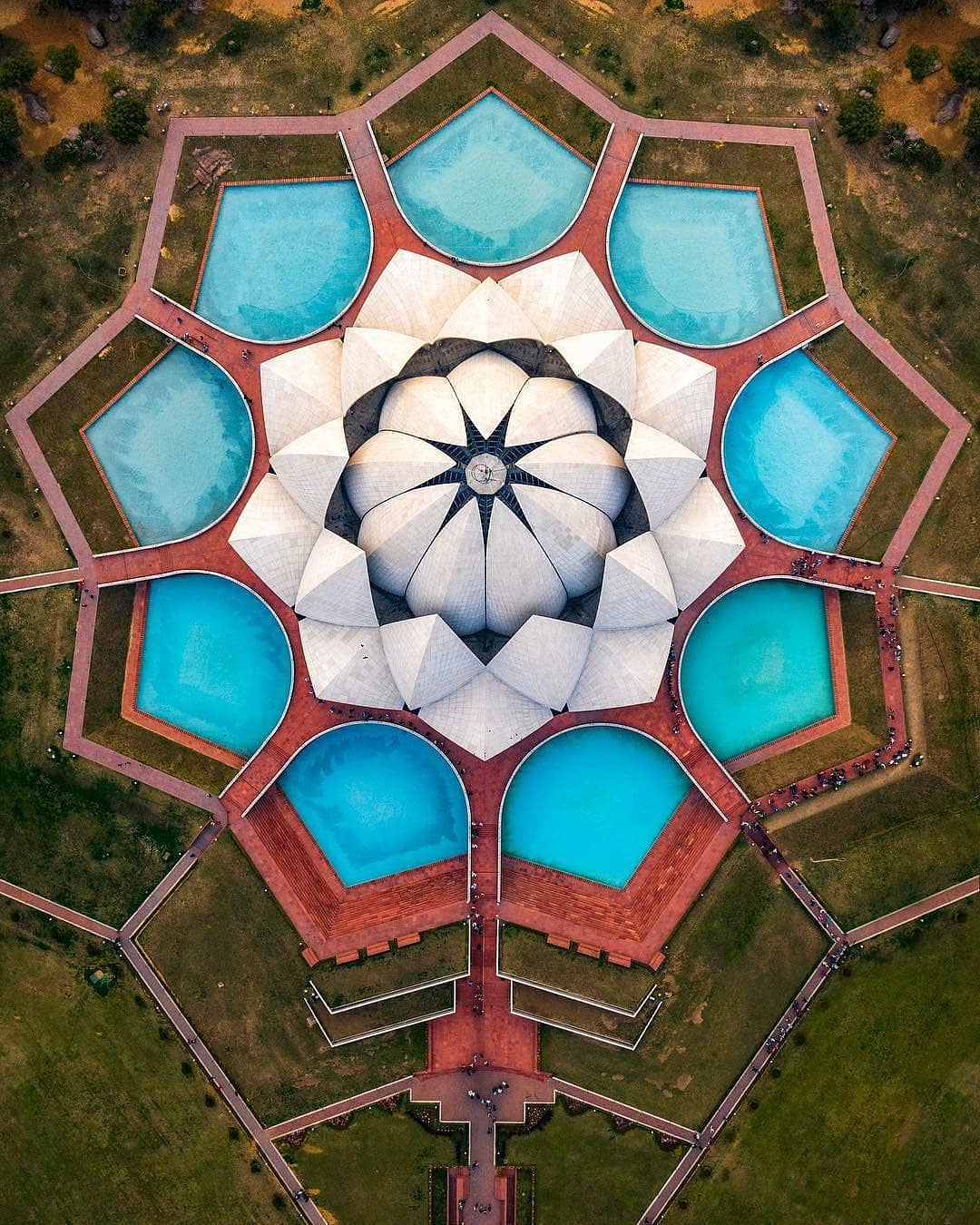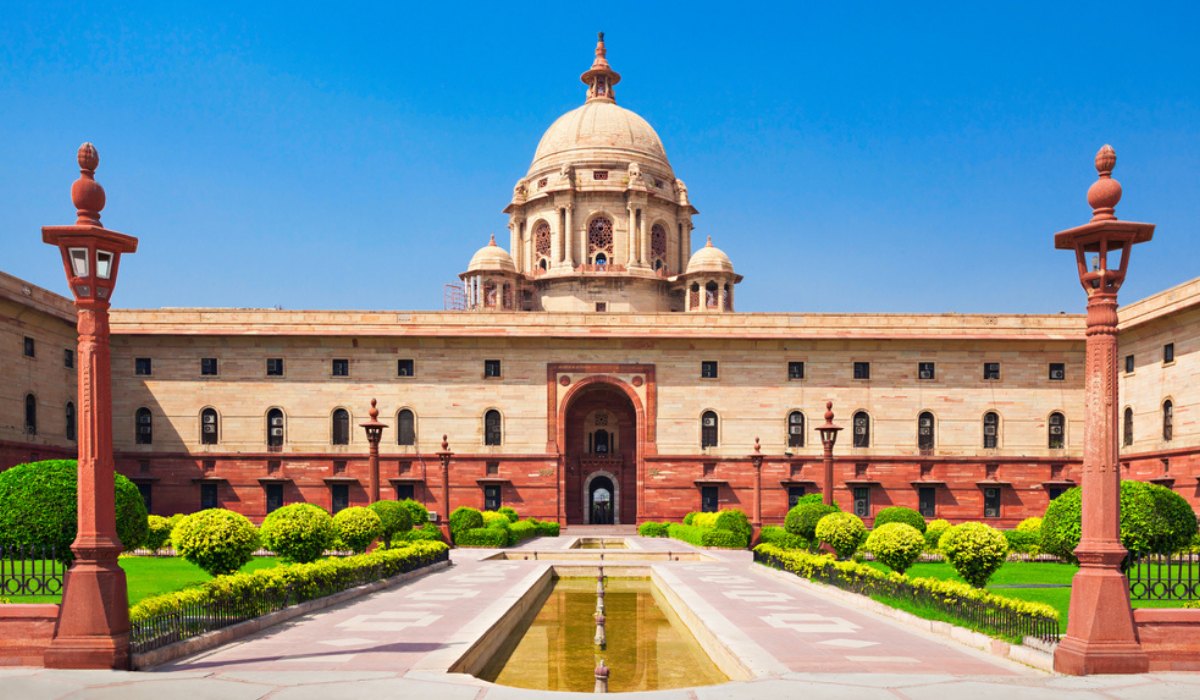
Description
Hightlights


Description
Hightlights


Description
Hightlights


Description
Hightlights


Description
Hightlights


Description
Hightlights


Description
Hightlights


Description
Hightlights



.png)

.png)